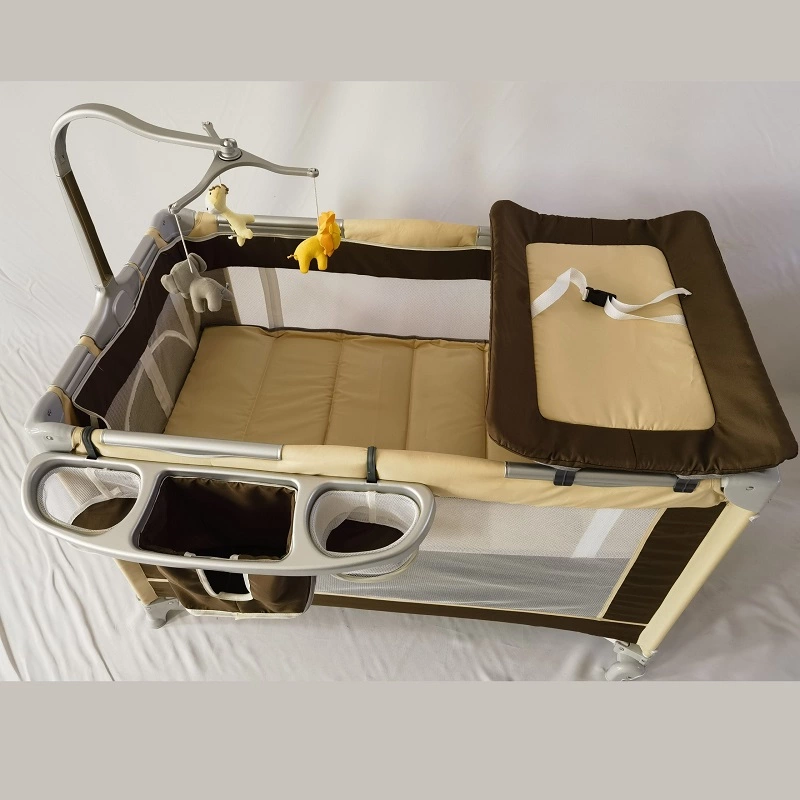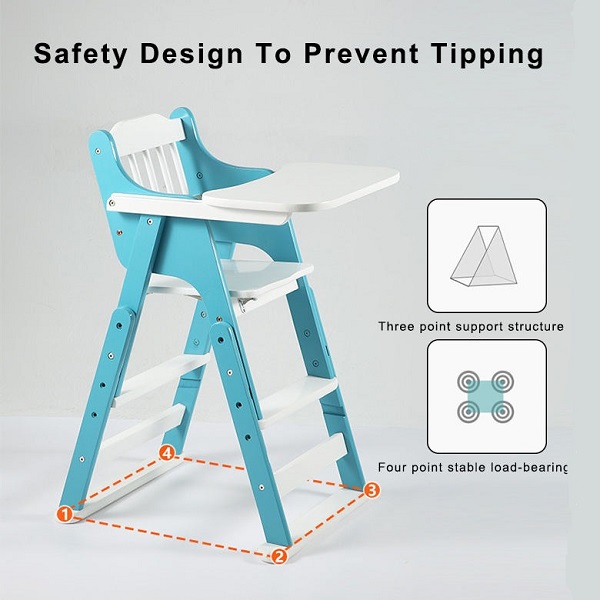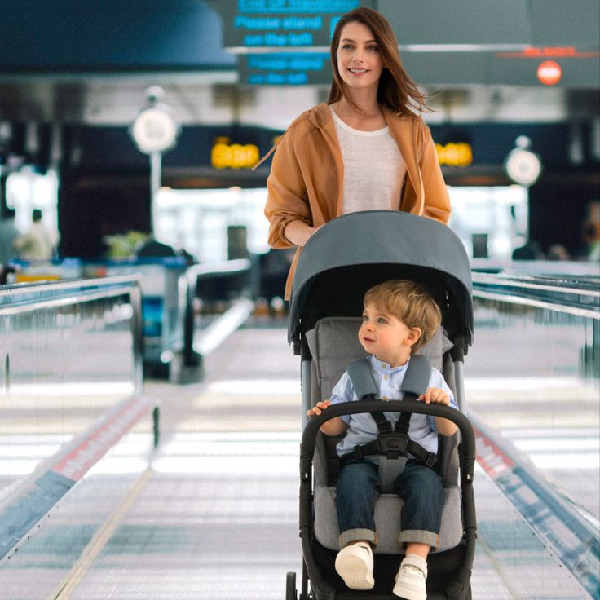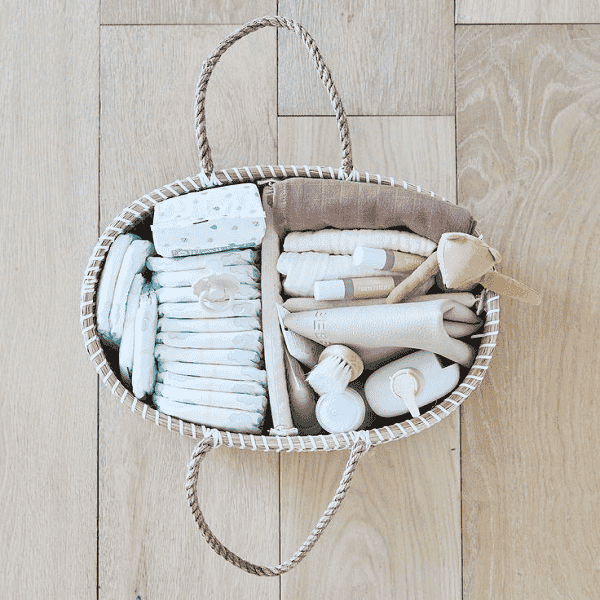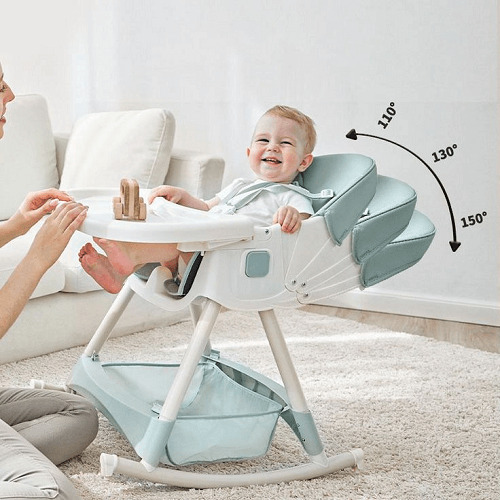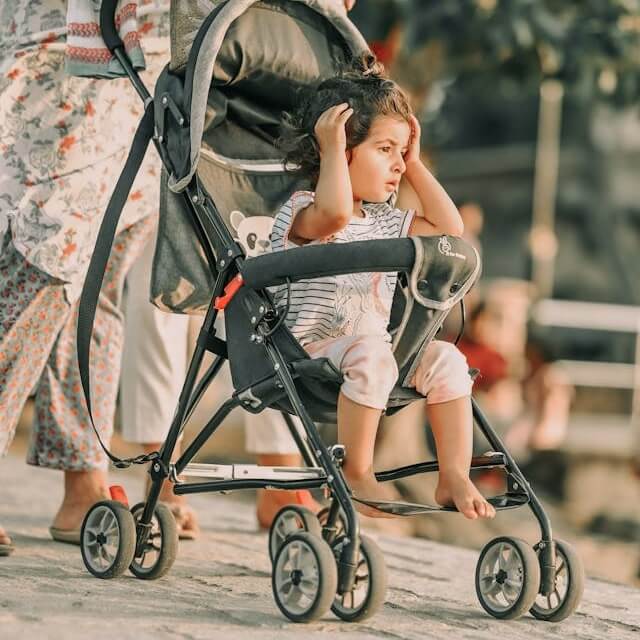Pack and play or playards are baby furniture units that can work as play areas, cribs, or bassinets. They are often sturdy but foldable for portability hence the name pack and play.
Like all types of baby furniture, playards have weight limits to ensure proper safety. The limits may, however, vary because each pack and play brand designs its units differently.
On today’s blog, we discuss common pack and play weight limits, why they matter, and how to transition little ones through different stages of using a playard. We also highlight ideal alternatives that are suitable for babies who have outgrown their playards.
The Importance of Knowing the Weight Limit of a Pack and Play
The weight limits on a pack and play can seem burdensome. Especially given the safe space that they provide for babies to rest or play.
However, it is crucial to identify and adhere to the weight limits of the specific pack and play unit you are using at a time. Here is why:
1. Being Overweight May Affect Safety During Use
Playards mostly comprise a lightweight metal frame with sides made of breathable fabric. Each manufacturer tests their design to establish how much weight the structure of the pack and play can handle without compromising the wellness of the baby inside it.
If parents and caregivers do not adhere to the set weight limits, the following accidents are likely to occur:
- A sagging bottom that compromises the sleep safety of a pack and play.
- Suffocation risks if the baby no longer has enough room to safely move around or turn as they sleep.
2. Being Overweight Affects Functionality
The weight limit of a pack and play determines how much weight it can handle while remaining stable and upright. When the weight of a child exceeds the weight limit of a playard, it can either collapse or tip over. Both of these outcomes are hazardous and may lead to injuries.
Additionally, when a pack and play frequently has to bear more weight than it was designed to handle, its structure depreciates quickly. This may show up as tears in the fabric or a bent or unstable frame.
What is the Weight Limit of a Pack and Play?
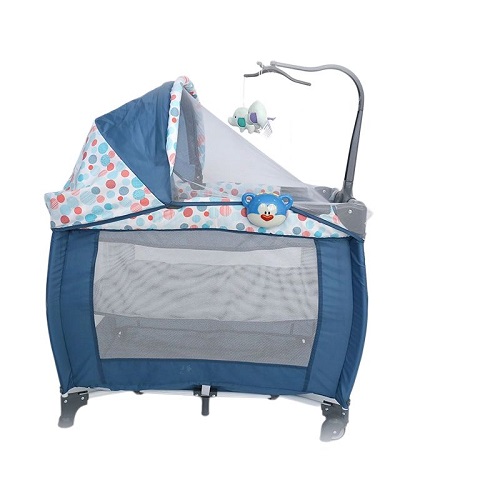
The weight limits of the pack and plays vary between different models. However, most models have weight limits ranging between 25 to 30 pounds. Some designs can go a little higher to 35 pounds but these are a preserve of a few brands.
Weight Limit Differences Among Different Playard Brands
Speaking of brands, here is a quick look at the weight limits of popular pack and play brands in the market for better context.
| Brand | Weight Limit |
| 4moms Breeze Plus Playard | 30 pounds |
| Guava Lotus Travel Crib | None (it is a floor mattress design, therefore, the weight does not rest on the pack and play’s structure but it has an age limit of 3 years) |
| Nuna Sena Aire Playard | 33 pounds |
| Graco Day2Dream | 32 pounds |
| UppaBaby Remi | 35 pounds |
How to Check for Specific Weight Limits on Pack and Plays?
It is advisable to find out the specific weight limit of a playard before purchase. This may help you determine whether it is worth investing in and how long your baby can use it. However, even if you already have one in your home, it is vital to check the set limit so that you can adhere to it.
Some manufacturers indicate the weight limits of their playards right on the packaging. It is easy to spot and makes it easy for shoppers to make the right pick.
Alternatively, if it is not on the packaging, look for it on:
- The labels – some manufacturers include labels on the fabric part of playards. The labels indicate weight limits and other details such as cleaning instructions.
- The manual – most playards come with manuals that provide detailed and even illustrated user instructions as well as recommended weight limits.
- Manufacturer Websites – if you can not find the weight limits for a playard on its labels, manual, or packaging, look up the playard on the manufacturer’s website. The weight limit should be under the product’s specifications. However, confirm that the model you have and the one referenced on the website are the same.
What Factors Affect Pack and Play Weight Limits?
1. Age and Size of the Child
Babies and toddlers achieve different weight and height milestones as they grow. Subsequently, pack and play manufacturers often set definitive weight limits but may also set an age limit.
The age limit is based on factors such as the average height of a child at that age. This matters because while a child may be within the weight limit, it is unsafe for them to be in the playard if, for instance, their height exceeds the horizontal or vertical height of the playard.
The key here is for parents and caregivers to have adequate limits that they can refer to and follow for the best safety outcomes.
2. The Design and Materials Used
The design of a pack and play and the materials used to make it determine the amount of weight it can handle.
For example, a pack and play with a frame made of a strong metal like aluminium may be able to handle more weight compared to one made of fortified plastic.
Similarly, pack and plays with a low base may be more stable compared to those with an elevated structure. This is because they have a lower centre of gravity. As such designs with a lower base may have a higher weight limit.
What are Pack N’ Play Dimensions?
Pack and play dimensions refer to the length, width, and height measurements of a pack and play. Most manufacturers base their dimensions on user needs and baby product safety regulations set by jurisdictions like the US and the EU.
Playard safety standards in most jurisdictions, for example, stipulate that the height of a pack and play should not exceed 35 inches. Most pack and plays, therefore, measure either 35 inches or less in height. Length and width are less bound by regulations and thus vary more between models.
However, the average length for most models measures about 39 inches and above while the average width of most pack and plays is approximately 28 inches and above.
How Do I Know When to Lower the Pack N’ Play Mattress?
It is best to always start by checking the pack and play manufacturer’s instructions. They may indicate details such as weight, age, and behavioral signs that you should use to determine when to lower the mattress.
That said, children develop differently. It is, therefore, wise to observe your child and spot tell-tale signs that it is time to lower the mattress. Consider it time if your baby:
- Can make independent moves like rolling on their side or sitting up by themselves.
- Becomes more mobile and makes attempts to climb out of the pack and play.
- Achieves the weight limit for specific sections in a pack and play such as the bassinet.
Be sure to follow the pack and play manufacturer’s instructions on how to lower the mattress. It is equally crucial to only use the mattress that either came with the unit or the mattress that the manufacturer recommends for the unit.
Signs a Child is Outgrowing a Pack and Play
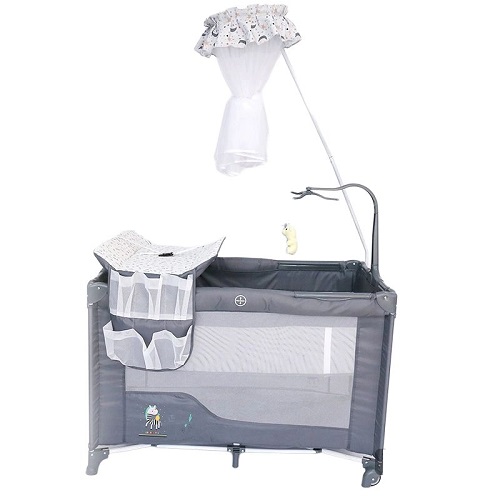
Lowering the mattress of a pack and play allows your child to enjoy it a little longer. However, they will still begin to outgrow it as they get older and it is crucial to spot the signs so that you can transition them to more age-appropriate alternatives.
Let’s take a look at what signs to look out for, shall we?
1. Height Disparity
Take note when the baby becomes too tall for the pack and play. They will either look cramped when they sit or lie down in it. Plus, when they stand the height of the playard will probably be at their chest or lower. This of tens gives children the courage to try and climb out of the pack and play without proper help or supervision which can be risky.
2. Structural Issues
As babies grow and get more playful, their adventures can lead to wear and tear of even the best quality pack and play. So, if the structure of the playard seems to sag or become unstable when you place your baby in it or as they play, then they have likely outgrown it.
3. Mobility
When a child begin to stand and generally become more independently mobile, they quickly outgrow their pack and play. This is partially because they may start to try and climb out but also because more mobility can make their play more adventurous which can make the pack and play unstable.
Sleep Alternaitves After a Child Outgrows Pack and Play Weight Limits
It may sting a little when your little one outgrows their pack and play. On the upside, there are lots of safe and appealing alternatives that you can transition to. They include:
Toddler Beds
Pack and plays are quite similar to cribs. So, when a baby outgrows one they will likely not enjoy being in a crib for long either. The better option is to transition them into a toddler bed.
Toddler beds typically have a low height clearance from the floor for easy access. Most of them come with a variety of safety railings too to keep toddlers from rolling off their beds as they sleep.
Aim for one with a solid structure and adequate space. Both of these factors will allow your little one to use the bed for longer. Fun, interesting bed designs are a great idea too because they make children more accepting of the transition to a toddler bed.
A Convertible Crib
A convertible crib has a special design that allows you to expand or transition the bed from a crib to a toddler bed. If you have one, you can transition it into a toddler bed for your baby once they have outgrown their crib and pack and play as sleeping options.
On the other hand, if you do not already have a convertible crib then there is no reason to buy one as it will only cost you more. Simply move right on to buying a toddler bed.
A Floor Bed
A floor bed is a unique type of toddler bed. It typically has a frame and a base to support the mattress. The base rests on the floor hence the name ‘floor bed’.
The idea behind this bed originates from the Montessori method which advocates for children to have more autonomy to explore in a safe environment.
With a floor bed, toddlers can easily get on and off the bed independently and there is no major risk of them falling off the bed and hurting themselves. All of these factors make it appealing to kids and easy for them to transition to.
Myths and Misconceptions About Pack and Play Weight Limits
1. Common Myths Debunked
Myths surrounding pack and plays are misleading and can steer you to use them incorrectly and have a negative impression of them. So, for safety, let’s debunk a few of those common myths, shall we?
Misconception 1: Height is Not as Important as Weight
Fact Check: Contrary to common opinion, the weight and height limits are both important. If a child exceeds just one of them then it is safe to say that they have officially outgrown the pack and play and should stop using it.
Misconception 2: Pack and Plays Have the Same Weight Limits
Fact Check: Each pack and play model has its set weight limits that users should check and adhere to. Even different models of pack and plays from the same manufacturer can have different weight or height limits. Parents and caregivers should, consequently, treat each model uniquely.
Misconception 3: It is Okay to Disregard Limits as Long as the Child is Small
Fact Check: Children develop both in size and capabilities. A child can, for instance, be small but able to sit up and fall off a bassinet. Age, weight, and height limits factor in such details and you should, therefore, not ignore them.
2. Expert Opinions on Pack and Plays
One of the most important issues to note about pack and plays is that professional pediatrician bodies, like the AAP, endorse them as safe sleep areas for children.
Pediatric experts, however, insist that:
- Parents should keep them clutter-free, this includes removing toys, blankets and similar items when children sleep in them.
- Parents should use the right mattress for the pack and play and it should be firm.
- Parents should follow weight and height limits religiously.
Conclusion
Quality pack and plays can be a great solution for families because they offer great value for money, safe sleeping, portability, and multiple functions.
The keyword, nevertheless, is quality. Aim for pack and plays designed with safety features like stable frames, durable materials, and breathability to enjoy such benefits.
Clafbebe pack and play units balance great functionality with the highest safety standards. We test each design rigorously to ensure it meets international quality and safety requirements. Contact us at any time for a quote, customization requests, or any other inquiries.
Recommended Related Articles:


